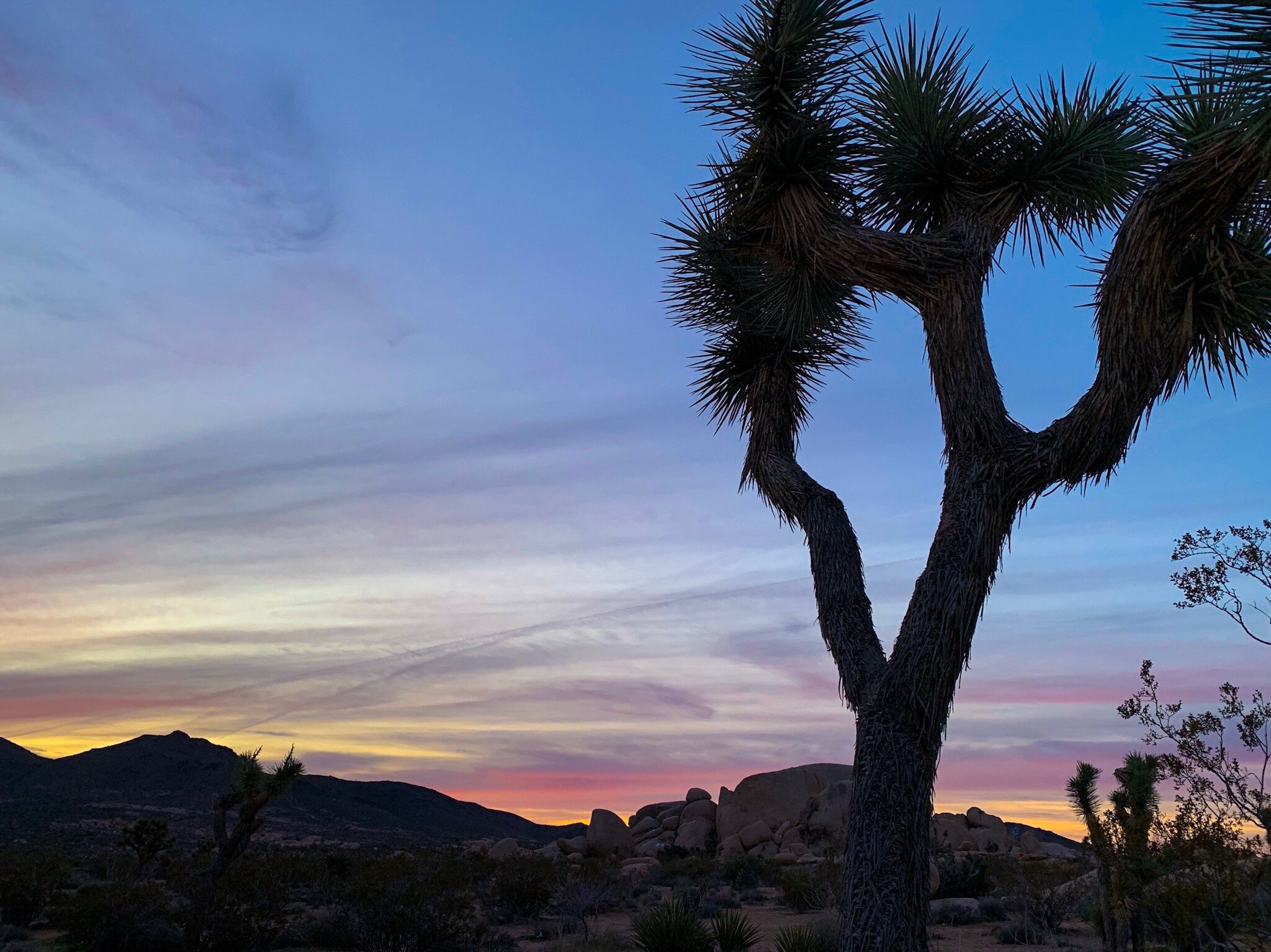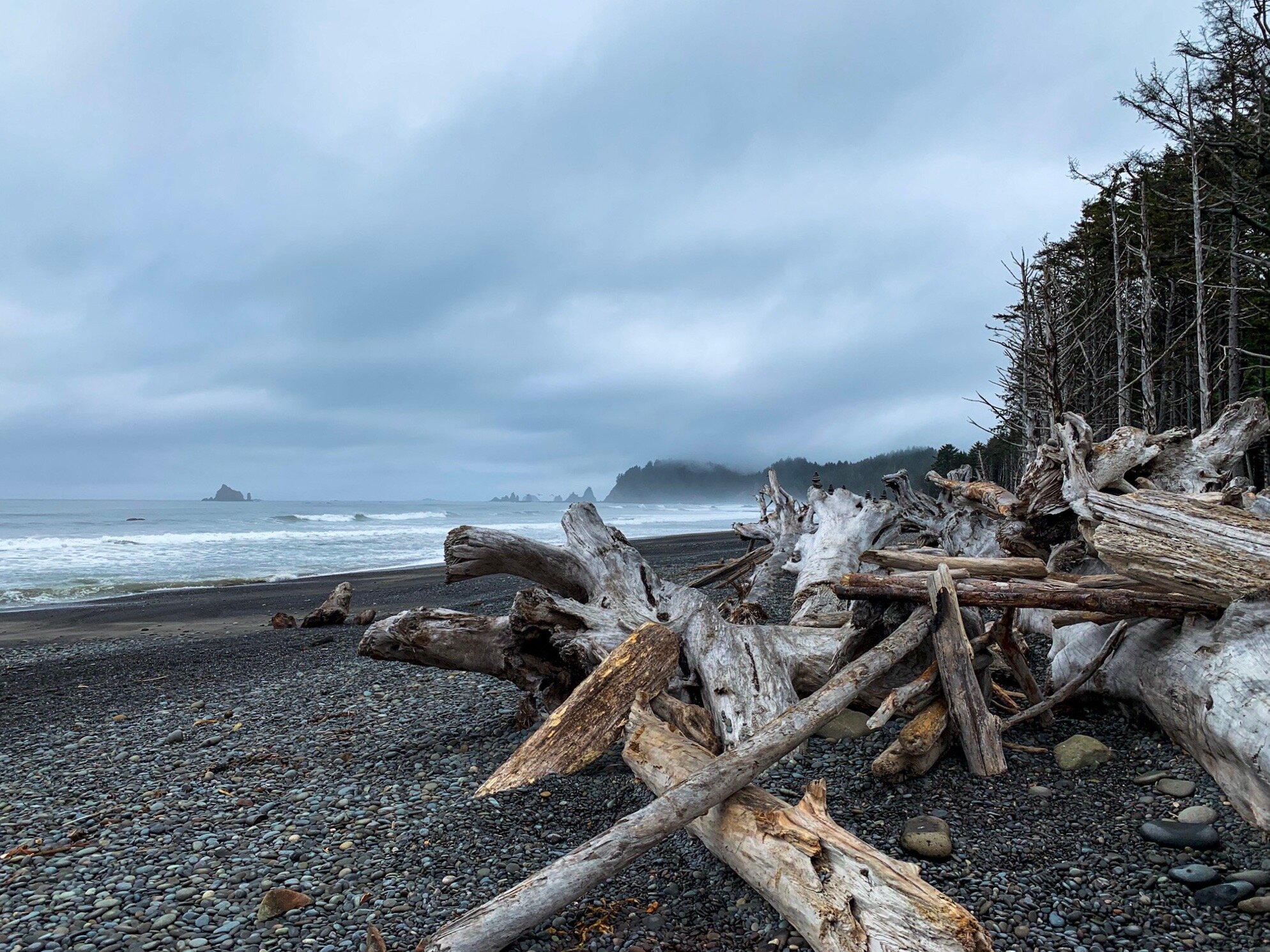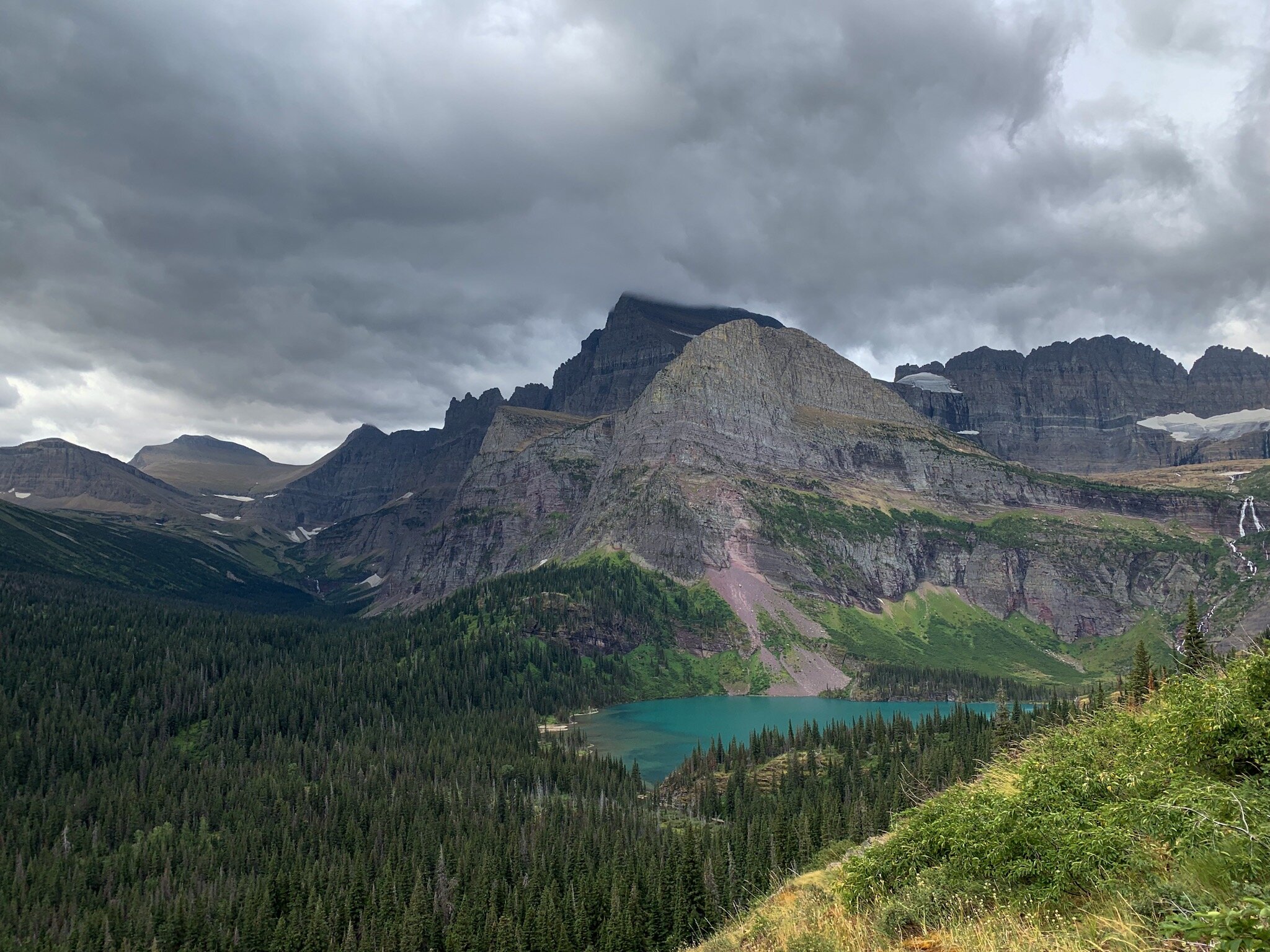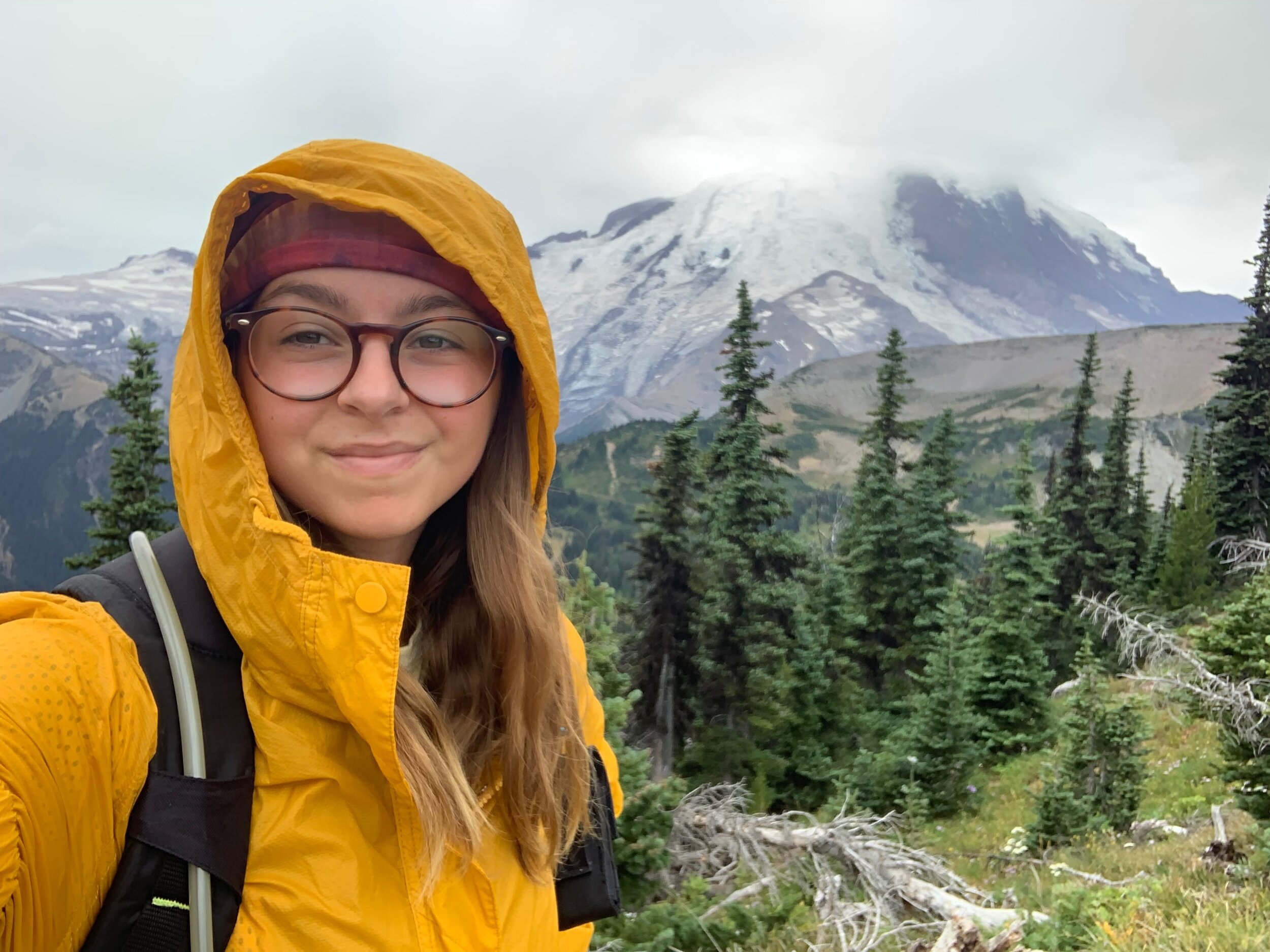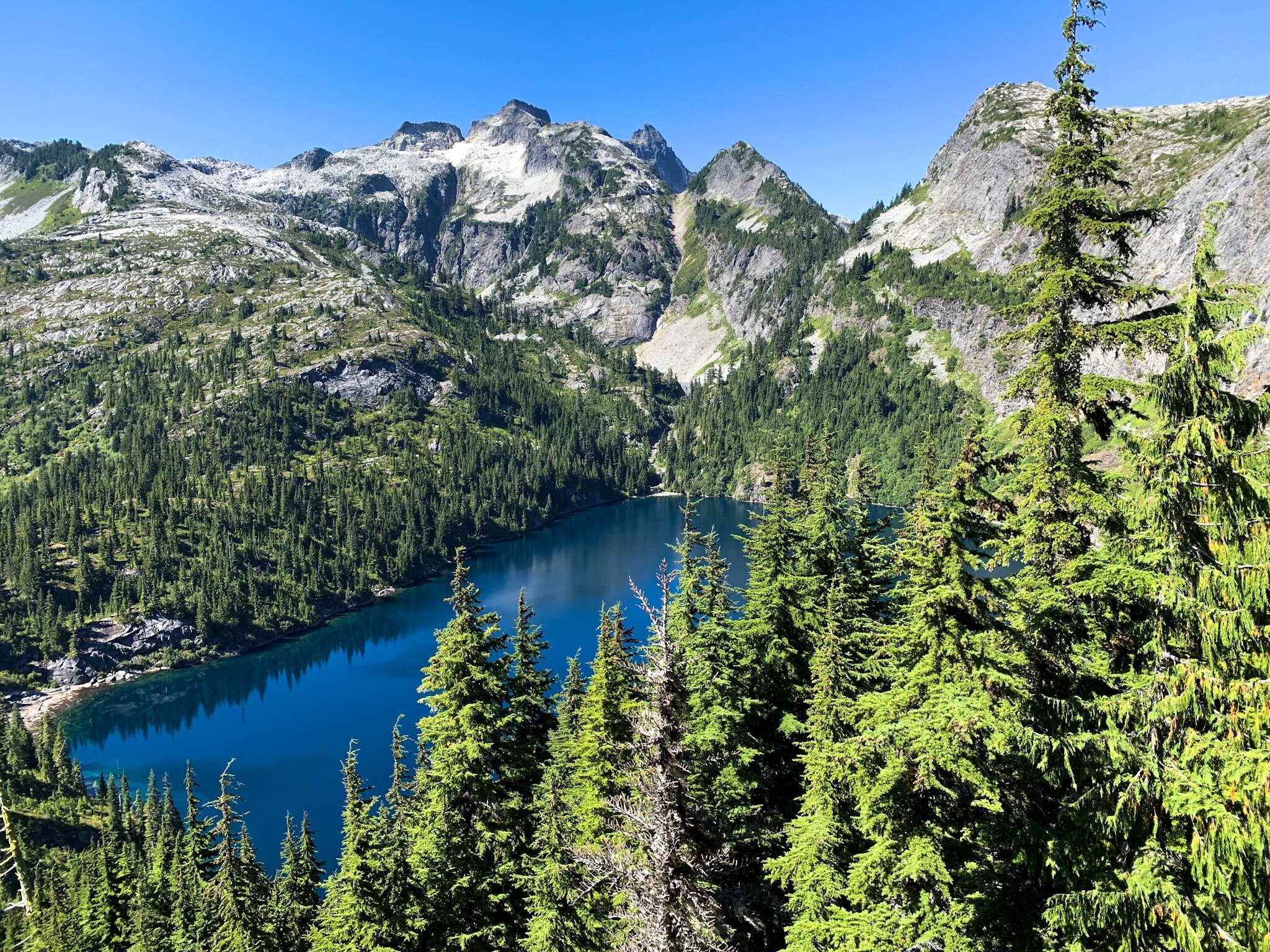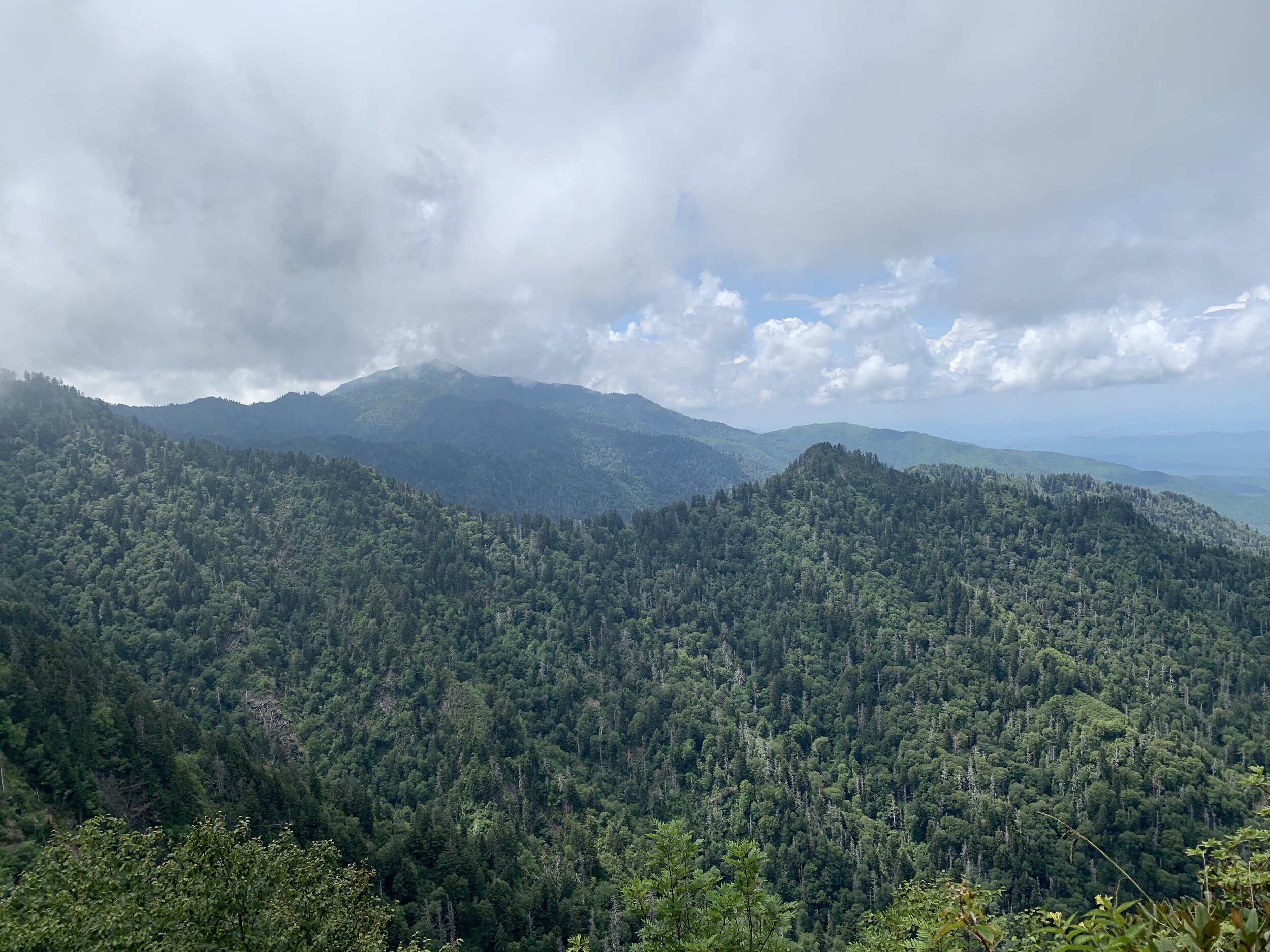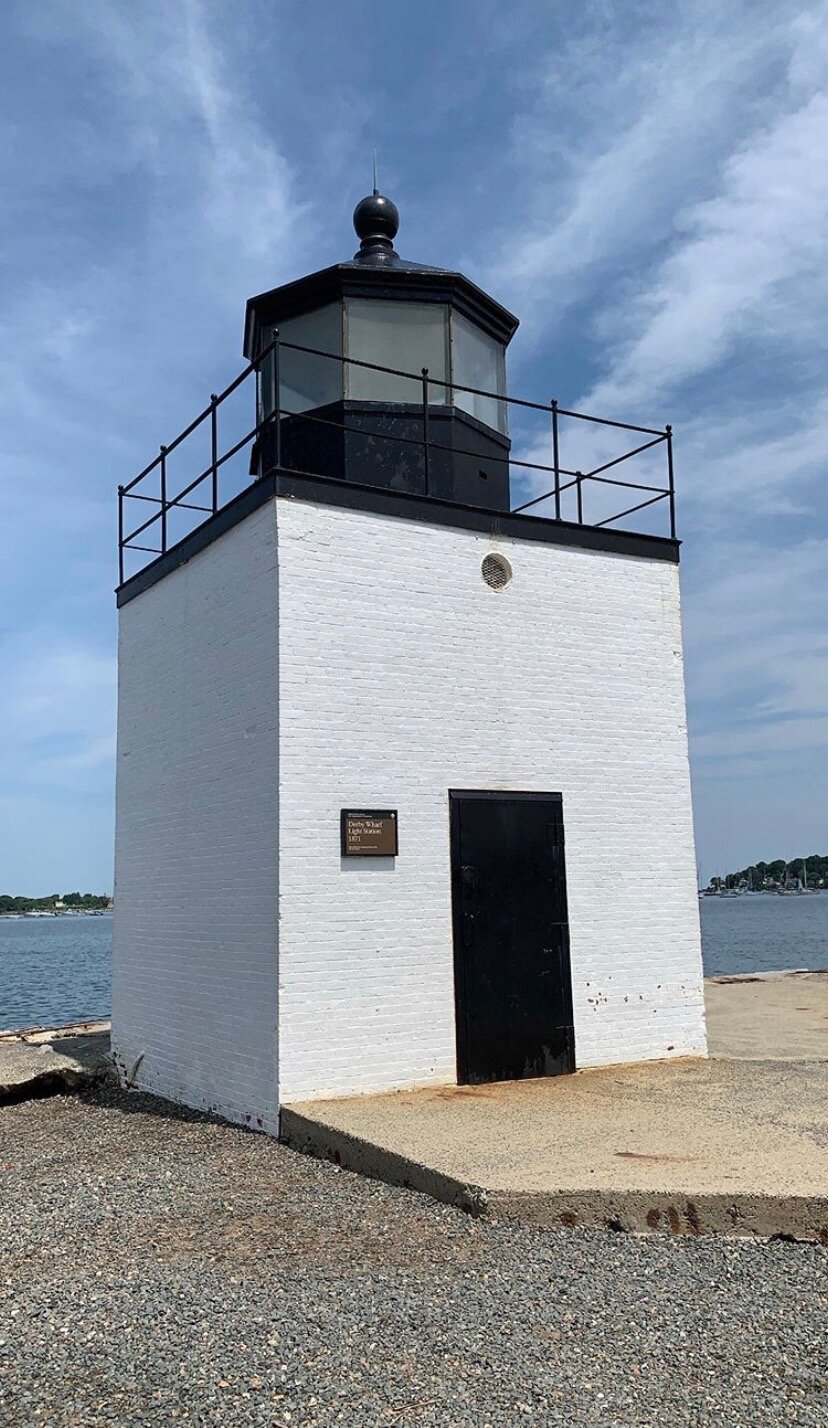Based on my previous blog posts, you’ve probably noticed I’m a bit obsessed with the National Park System. Other than their obvious beauty and diversity throughout the country, there are plenty of reasons to be drawn to the National Parks. From the challenge to check them all off the list (I’ve got 33 check marks, in case anyone was counting), to access to some of the most beautiful trails in the country, the National Parks have plenty to love.
But there’s a whole other level when it comes to finding destinations to visit as a solo female traveler. There are tons of fears instilled in people’s minds about traveling as a single woman, and a lot of solo female travelers tend to stick to cities where they can stay in hostels and be in a certain amount of community. While I love hostels, cities just aren’t my jam. Cities are a bit too hectic for me, and as a person who travels by vehicle, having to find parking is just another added layer of conflict. But there’s also the fact that cities don’t feel inherently safe to me. While there are eyes everywhere, there’s also the added risk of how many people there are around you, but I’m not trying to discourage you from going to cities, I’m trying to talk about why I choose my public lands instead.
Grand Canyon National Park, from my first solo trip ever
Admission Fees
Now, this might sound like a downside at first, so hear me out. Admission Fees are a huge reason I feel completely safe in National Parks as a solo female traveler. I personally have an America the Beautiful Pass, which is an interagency pass that gives me “free” admission to all public lands. The pass costs $80 but as long as you visit more than 3 parks in a year, it pays for itself. So, admission fees don’t really affect me all too much. The thing is, they do weed out the bad people. Everybody has to pay admission to get into a National Park. It’s highly unlikely that someone is going to pay between $25 and $35 just to do something sketchy. It’s kind of like an extra security gate that makes me feel like pretty much all of the people around me are also there to have a good time.
Artists Point, Yellowstone National Park, WY
Rangers
Speaking of security, rangers are a great resource. There are a few different types of rangers, and even though only one of them is actually law enforcement, they can all help you if you find yourself in a predicament. All of them have extensive knowledge of the park, which makes me feel very confident in my location when I’m in the parks. And if you do happen to find yourself in a tricky situation (like um, locking your keys in your car in the Guadelupe Mountains), you’ll likely find help in a ranger somewhere in the park.
Mount Rainier National Park, WA
Ranger Programs
This is an extra special thing rangers do for their campers. I’ll admit, even though I’m living that vanlife, I do like to pay for a campsite in a National Park sometimes for the same reason I like that the parks charge admission: it makes me feel safer. But they also often come with some great perks. Other than the flush toilets and occasional shower that comes with a campsite, during peak season, a lot of campgrounds offer ranger programs. I love these because they allow me to learn more about the place I’m exploring, and can give me the chance to meet my neighbors.
Grinnell Glacier, Glacier National Park, MT
Visitor Centers and Other Resources
While you might think this falls into the “rangers” category, it’s actually quite different. The rangers are fantastic resources for finding out information about the park, but something that I love about the National Parks is that they often have museums and other ways to get information about the place, and give out free maps and guides to every visitor. These make it incredibly easy to navigate the park without asking for help, which gives me a ton of confidence when it comes to exploring on my own.
Rialto Beach, Olympic National Park Shore Section, WA
That Nature-Loving Community
Safety is a real thing, but there’s also an amazing sense of community that comes from the National Parks that you can’t really get in any other destinations in the US. Hostels come close, but everyone in hostels tends to be pretty different when it comes to hobbies and interests. I’ve met some amazing people on my travels, and my favorites have all been in National Parks. National Parks attract adventurers, explorers, photographers, writers, full time nomads, and all of them have one thing in common: a love for our natural landscapes. And because of the presence of rangers and admission fees, I feel much safer making friends in National Parks than in other atmospheres.
Acadia National Park, ME
Why not National Forests?
I get a lot of questions about National Forests because it appears that they’re similar to National Parks. While National Forests are more dog friendly, they have their downsides too. National Forests are run by the USDA, not the NPS, which means their protection laws are slightly different. The USDA tends to preserve some land to be used for agriculture (not all), whereas the NPS protects land to reserve all of their land for environmental causes. The reason I don’t love National Forests as a solo female traveler is because they’re lacking a lot of the above things, particularly admission fees and rangers. National Forests feel like a bit more of a no man’s land (or no woman’s land) to me, which makes them not ideal for me as a traveler. While they do have perks like free dispersed camping and absolutely stunning landscapes, I do feel like I need to be a little more on my toes when on Forest Land versus Park Land.
Great Smoky Mountains National Park, TN/NC
Of course, if you don’t know anything about the outdoors, proceed with caution. I’m confident in National Parks because I do have the right gear, know how to do the whole outdoors thing, and do a lot of research about my destinations before I get there. These are some of the reasons I love traveling to these natural areas, but it’s also important to address that there are of course going to be safety concerns no matter where you travel, and no matter if you’re solo. The only way to be completely safe is to stay home, and when you’ve got the travel bug, that’s not exactly an option, so go with the places you feel safest, while still stepping a little bit out of your comfort zone.
To learn why I travel solo in the first place, head over to my blog post on the topic HERE.
The right gear will make a huge difference when it comes to visiting the National Parks, especially solo. To get some of my favorite camping gear, shop MADERA OUTDOOR HERE for 20% off your purchase.












